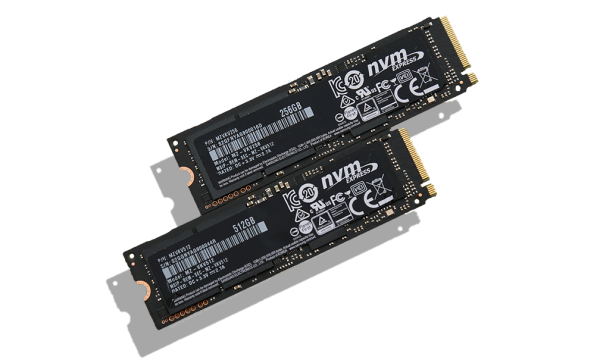
D) gB transcript in infected macrophages. Each point represents the mean ± SEM from two independent experiments (N = 4). Virus replication in macrophages infected with 0.1 pfu/cell of McKrae (Panel A) 1 pfu/cell McKrae virus (Panel B) in RS cells infected with 0.1 and 1 pfu/cell of McKrae virus (Panel C) and gB transcript in infected macrophages (Panel D) was determined at indicated times by standard plaque assays. Similarly, subconfluent monolayers of RS cells were infected with 0.1 or 1 pfu/cell of McKrae virus for 24 and 48 hr. Subconfluent monolayers of macrophages derived from M1 -/- and WT mice were infected with 0.1 or 1 pfu/cell of HSV-1 strain McKrae for 12, 24, or 48 hr as described in Materials and methods. Thus, for the first time, our study illustrates the importance of M1 macrophages specifically in primary HSV-1 infection, eye disease, and survival but not in latency-reactivation. Severity of virus replication and eye disease correlated with significantly higher inflammatory responses leading to a cytokine storm in the eyes of M1-/- infected mice that was not seen in WT mice. Infection of M1-/- mice with avirulent HSV-1 strain KOS also increased ocular virus replication and eye disease but did not affect latency-reactivation seen in WT control mice. Adoptive transfer of M1 macrophages from WT mice to M1-/- mice reduced death and rescued virus replication in the eyes of infected mice. In addition, M1-/- mice had higher virus titers in the eyes than did WT mice. M1-/- mice were highly susceptible to ocular infection with virulent HSV-1 strain McKrae, while WT mice were refractory to infection. Our results showed that macrophages from M1-/- mice were more susceptible to HSV-1 infection in vitro than were macrophages from WT mice. To explore the role of M1 macrophages in HSV-1 infection, we used mice lacking M1 activation (M1-/- mice). However, it is not clear whether the absence of M1 macrophages plays a role in protection and disease in HSV-1 infected mice. We also showed that HSV-1 infectivity in the presence and absence of M2-macrophages was similar to wild-type (WT) control mice.

Previously we have shown that M1-type macrophages are the major and earliest infiltrates into the cornea of infected mice. Ocular HSV-1 infection is a major cause of eye disease and innate and adaptive immunity both play a role in protection and pathology associated with ocular infection.


 0 kommentar(er)
0 kommentar(er)
